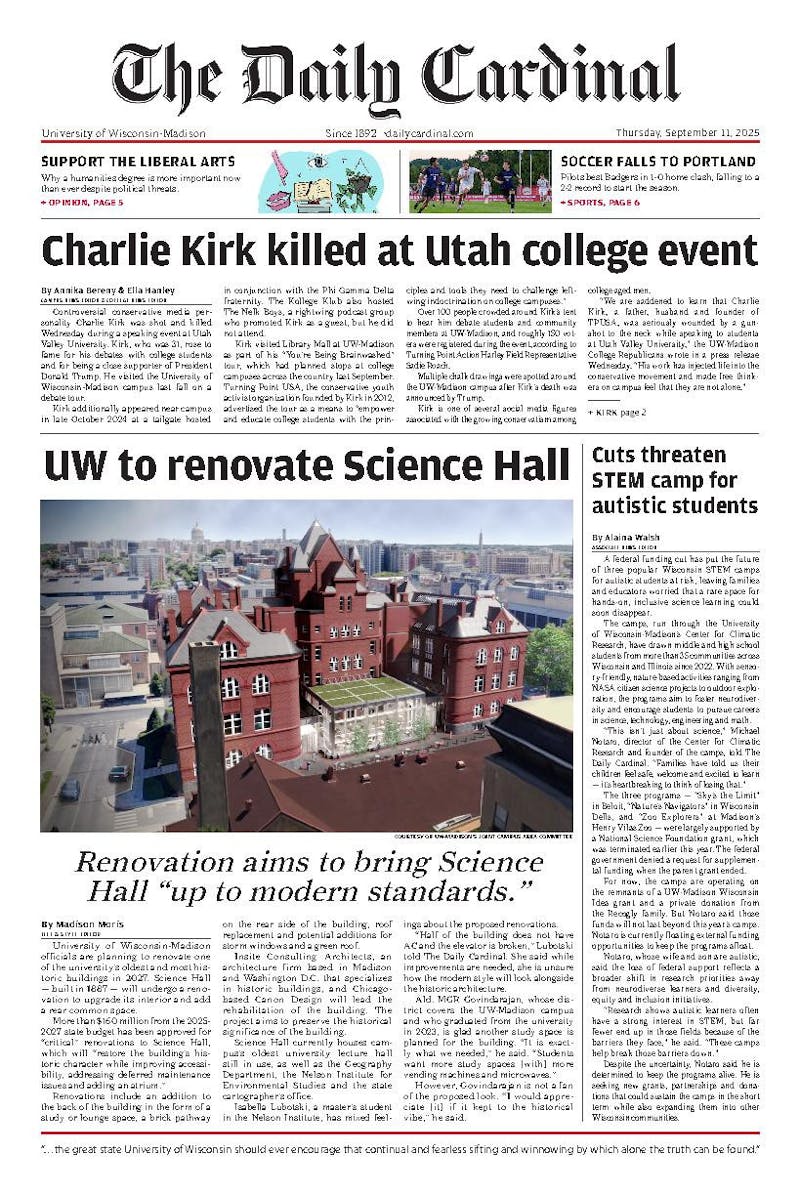Officials from the Madison Police Department attended a Bassett Neighborhood meeting Monday to discuss safety concerns in the area following the April 2 homicide of West Doty Street resident Brittany Zimmermann.
Obviously I can't speak to the details of the investigation,"" MPD Lt. Joe Balles said. ""Right now, nothing in the downtown area would be considered as routine. We are maintaining a hyper-vigilante state.""
According to Balles, the MPD added supplemental patrol positions to the Bassett and State Street areas, as well as stepping up enforcement for trespassing violations in the downtown area.
The homeless population of Madison has been central in the Zimmermann homicide investigation, provoking Bassett neighborhood residents to question how to prevent crime while maintaining moral and socials obligations to the homeless.
""We are focused on behaviors,"" Balles said of the investigation, differentiating between the homeless population and individuals who display predatory behavior.
Pete Ostlind, chair of the Bassett District Neighborhood, said Capitol Neighborhoods Inc. has sponsored a series of weekend sessions for residents to open up community discussion on homelessness.
""It has been bringing together a range of people for that discussion, including members of the police department,"" Ostlind said.
According to Ald. Mike Verveer, District 4, alcoholism can be a gateway to criminal behavior, and can be prevented by more stringent alcohol regulation in the downtown area. He said the agreement of the Kelly's Market on the 600 block of West Washington Avenue to cease sale of four-packs of ""a very cheap high alcohol content malt liquor,"" was a positive step.
Verveer is looking to broaden the ban of the four-packs to the greater downtown area, to prevent displacement of alcoholics to other areas where the four-packs are still sold. According to Verveer, Capital Center Market, a campus-area grocery store, voluntarily pulled four-packs from their shelves.
Another safety concern for Bassett residents were the signs of forced entry in the Zimmermann homicide.
According to Balles, the most occurrences of forced entry are when first story windows are left open and the screens are easily cut open. More commonly doors left unlocked result in theft, even while people are at home.






